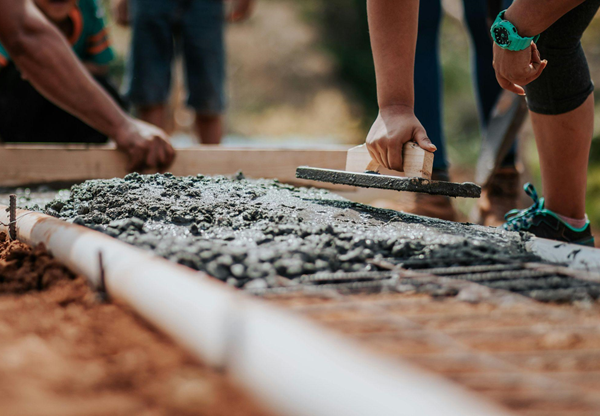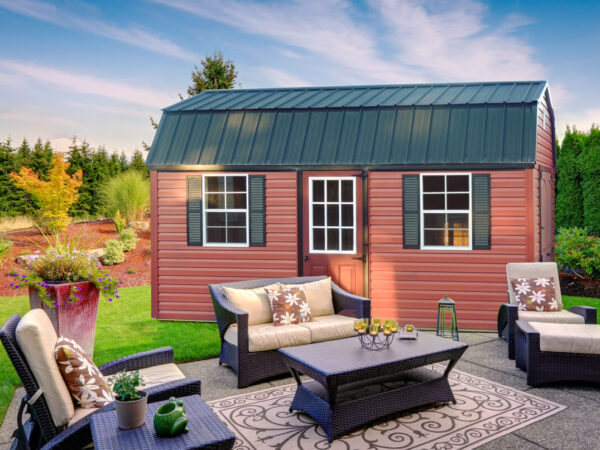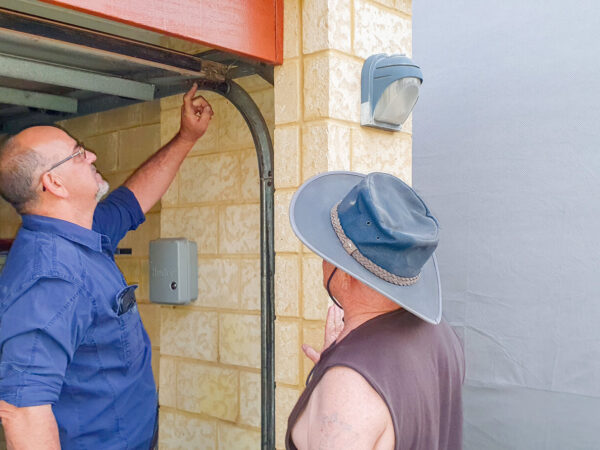Cutting down your environmental footprint and being kinder to the earth is a great goal to have in 2022. There are many simple changes you can make at home and in the workplace to get started. It’s not as hard as you might think.
One of the best things you can do is get informed by reading and engaging with what’s happening in the world. The more consciously we do everyday things like shopping, eating and transport, the easier it is to make more sustainable decisions.
Here are 10 easy ways to get started today.
1. Reduce your energy consumption
There are plenty of tips out there to help you cut back on your energy consumption at home. Try printing a list and sticking it to your fridge or using sticky notes to help remind you while you’re making new habits.
Easy switches you can make today:
- Wash your clothes in cold water
- Only run the dishwasher and washing machine when full
- Use energy efficient appliances and lights
- Clean your air con filters regularly
- Improve your home’s insulation
- Turn appliances off at the wall
- Use natural light when possible
2. Switch to renewable energy
If you own your own home, switching to renewable energy sources such as solar panels or solar hot water is a great way to cut down on fossil fuel consumption.
Keep in mind, you may need to change some of your energy use habits to make the most of the solar energy when the sun is shining. For example, running your washing machine and charging your devices during daylight hours.
Whether you get a full solar power system or a solar hot water system, solar power is a free, clean and sustainable source of energy and one of the best ways to make your home greener.
3. Use what you have
Before buying something new, consider if you already own something that will do the job. For example, instead of buying a trolley full of new groceries, build your weekly meal plan around what’s already in your pantry.
If you need to do a job like mowing the lawns or steam mopping your floors, see if you can borrow the tool for the job off someone else rather than purchasing one. A good place to start is local borrow and swap Facebook groups.
4. Do without
Consider adopting the ‘do without’ principle when it makes sense to. This involves asking yourself whether you really need something. It’s a great way to make sure you’re only bringing home things that have a purpose.
5. Repair rather than replace
Before you throw something out, try to repair it. If you don’t know how to fix the item yourself, take it to a local repair business or put a call out on social media to see if someone in your community knows.
Clothes can often be repaired with a quick patch up with a needle and thread, but clothes that have reached the end of their life can often be repurposed, for example as a cleaning cloth.
Furniture that’s looking a bit worse for wear can often be retouched with DIY methods or taken to a refurbisher for a professional makeover. If you have good quality items that you no longer want, try selling them or donating them to a secondhand store rather than throwing them out.
6. Be water wise
Be smart about the way you consume water to cut down on water waste.
- Install a water wise shower head
- Take shorter showers
- Put your shower water on your garden
- Plant hardy natives in your garden
- Fix up any leaks
- Water your lawn in the early morning or late evening
7. Shop local
Transport of goods is a huge contributor to emissions. Choose to buy from local sellers, growers and makers and you’ll be helping lower emissions due to transport. Plus, it’s a great way to connect with your community and support local businesses.
Use social media and search engines to learn about businesses in your area. Sign up to email newsletters to keep in the loop and ask your family and friends for recommendations.
8. Support ethical brands
Before you make a big purchase, do your research on different brands and their commitment to reducing emissions. Do they have policies in place to reduce waste and cut down on plastic packaging? Do they offset their emissions and are they transparent about their manufacturing practices?
Instead of just thinking about the initial cost of buying an item, consider the lifetime value. Cheap, poorly made items don’t often last long and will need replacing sooner than high quality items. Also factor in the materials used and what you’ll do with the item at the end of its life – can it be composted, repurposed or recycled?
9. Buy second hand
There are many items you need to buy new for safety and sanitary reasons, but many items can be purchased second hand. Buying on the secondhand market reduces demand for new goods and can help you save some money along the way.
You can check op shops and charity stores for things like homewares, clothing and kids toys. Other great places to look are online marketplaces such as Facebook, Etsy and Gumtree.
10. Cut down on plastic
Plastic manufacture and waste is a massive problem for the environment. Going 100% plastic free overnight is near impossible, but there are many ways to significantly cut back on your plastic consumption.
Here are a few ideas:
- Buy loose produce
- Bring your own cup, container or straw
- Buy in bulk
- Use bar soap instead of bottled soap
- Dine in rather than takeaway
- Use beeswax wraps rather than cling wrap
- Choose loose leaf tea
- Look for plastic-free alternatives
One step at a time
Trying to live a more sustainable life is a great goal, but it can quickly become overwhelming if you try to do everything at once. The best way to make sustainable habits that stick is to tackle one thing at a time. It’s ok to stumble along the way – we all do. Every step we take together towards a sustainable future is worth celebrating!





